Most qualified retirement plans are required to file an annual return with the IRS. For plans subject to Title I of ERISA, this requirement is satisfied by filing Form 5500 or Form 5500-SF with the DOL. Other plans may file an abbreviated form known as Form 5500-EZ. For 2020, Form 5500-EZ received some important updates.
Electronic Filing Now Available
Since 2009, plans that file Form 5500 or Form 5500-SF have been required to file electronically through the DOL’s EFAST website. One-participant plans had the option to file electronically through EFAST as well, by using a special option to file a Form 5500-SF as a one-participant plan. However if the plan administrator wanted to file Form 5500-EZ, they would have had to do so on paper.
Starting with any forms filed for plan years beginning on or after January 1, 2020, Form 5500-EZ may be filed electronically through EFAST. As a result, Form 5500-SF may no longer be used for a one-participant plan. Form 5500-EZ may continue to be filed on paper for the time being, although we would encourage all filers to migrate towards the electronic system.
Expanded Eligibility to File
The term “one-participant plan” has been mentioned a few times already in this article, without having been clearly defined. A one-participant plan is a plan that is eligible to file Form 5500-EZ. A one-participant plan includes any plan that covers only the 100% owner of a business and his or her spouse, or a plan that covers only partners in a partnership and their spouses. As long as the plan provides no benefits to anyone other than those, it is considered to be a one-participant plan. Note that the name is misleading, since a one-participant plan can cover more than one participant. Likewise, not every plan that covers only one participant would be a one-participant plan.
Starting with the 2020 Form 5500-EZ, the IRS expanded (or perhaps merely clarified) the definition of one-participant plan to provide that a 2% shareholder in an S-corporation is considered a partner. This is helpful, since it resolves the ambiguity about whether an S-corporation is treated as a partnership, where the plan can cover any number of partners, or a corporation, where the plan would be considered a one-participant plan only if it covered the 100% owner.
However, the real news is that the IRS specified that the term “2% shareholder” is defined under IRC sec. 1372(b), which means that family attribution applies in determining who is a 2% shareholder. Prior to 2020, a plan which covered the 100% owner of an S-corporation, their spouse, and their child would not have been considered a one-participant plan and would have been required to file Form 5500-SF. Under the new rules, the child is also considered a partner, and therefore the plan is considered a one-participant plan, and is therefore eligible to file Form 5500-EZ. However, this only applies in the case of an S-corporation - if the company were a sole proprietorship, partnership or C-corporation, Form 5500-SF would still be needed.
Finally, a 2% shareholder in an S corporation is defined as someone who, after the above family attribution rules are applied, owns more than 2% of the company’s stock or voting power at any time during the year. Ironically, a person who owns exactly 2% is not considered a 2% shareholder.
The changes to Form 5500-EZ for 2020 are expected to streamline the filing process for many plans. If you have any questions about how these changes could impact your plan, please contact us.
